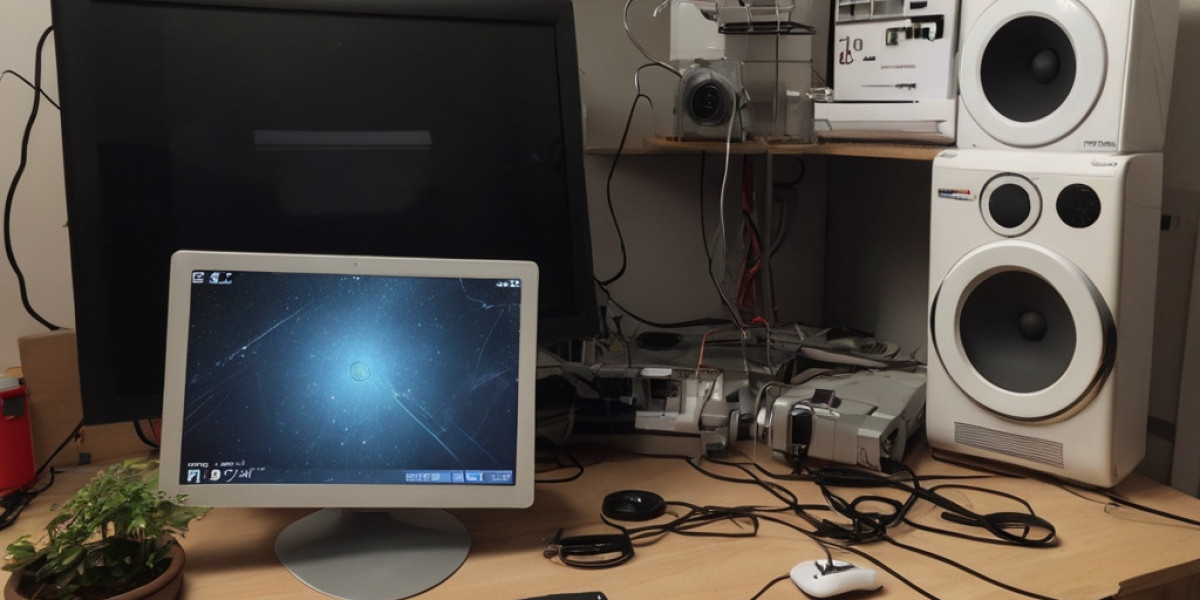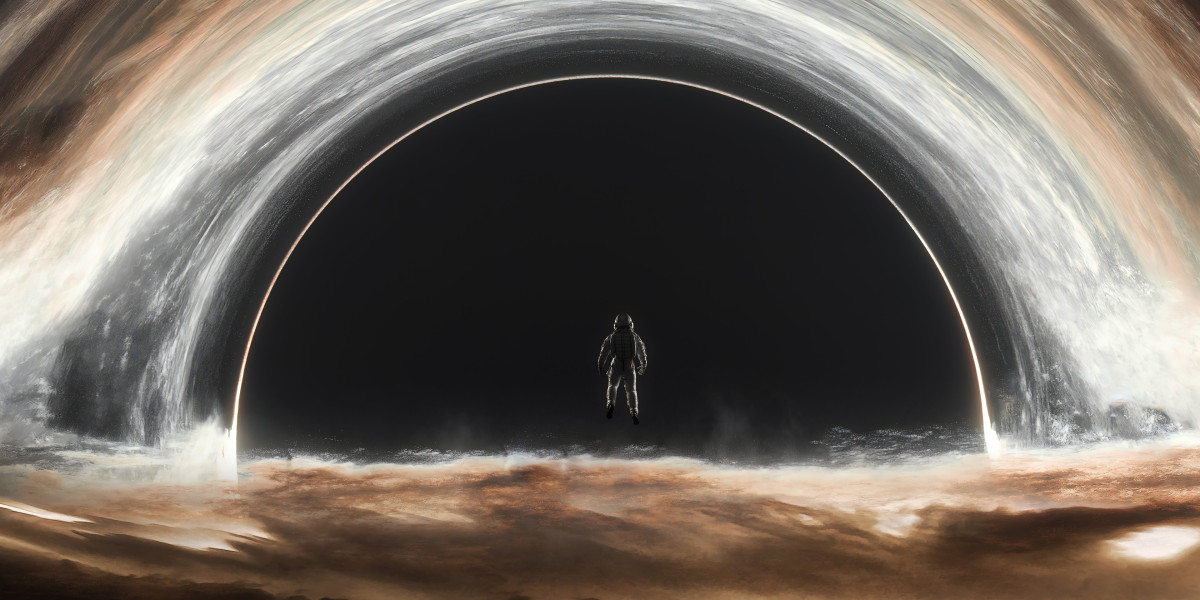Coffee lovers around the globe often find themselves debating the merits of different brewing methods. Among the most popular are cold brew and espresso. While both beverages are beloved for their unique flavors and caffeine boosts, the differences between cold brew and espresso coffee extend far beyond mere taste. In this article, we will explore the brewing processes, flavor profiles, and caffeine content of these two distinct coffee styles.

Brewing Methods: Cold Brew vs. Espresso
The first major distinction lies in the brewing methods. Cold brew coffee is made by steeping coarsely ground coffee beans in cold water for an extended period, typically 12 to 24 hours. This slow extraction process results in a smooth, less acidic beverage. On the other hand, espresso is brewed by forcing hot water through finely ground coffee at high pressure, usually within 25 to 30 seconds. This method produces a concentrated shot of coffee with a rich crema on top.
- Cold Brew: Steeped in cold water for 12-24 hours.
- Espresso: Brewed with hot water under pressure for 25-30 seconds.
Flavor Profiles: Understanding the Taste
The differences between cold brew and espresso coffee are also evident in their flavor profiles. Cold brew tends to have a mellow, slightly sweet taste due to the low acidity and long steeping time. This makes it an excellent choice for those who prefer a smoother coffee experience. Conversely, espresso is characterized by its bold, intense flavor and rich body. The high pressure used in brewing extracts oils and flavors quickly, resulting in a complex taste that can include notes of chocolate, caramel, and even fruit.
Caffeine Content: A Closer Look
When it comes to caffeine content, the differences between cold brew and espresso coffee can be surprising. A typical serving of espresso (about 1 ounce) contains approximately 63 mg of caffeine. In contrast, a standard 12-ounce serving of cold brew can contain anywhere from 150 to 300 mg of caffeine, depending on the coffee-to-water ratio used during brewing. Therefore, if you are looking for a caffeine kick, cold brew may be the better option.
Conclusion: Choosing Your Brew
In summary, understanding the differences between cold brew and espresso coffee can enhance your coffee-drinking experience. Whether you prefer the smooth, mellow taste of cold brew or the bold intensity of espresso, both beverages offer unique qualities that cater to different palates. For those interested in exploring these differences further, consider checking out this comprehensive guide.
Ultimately, the choice between cold brew and espresso comes down to personal preference. Experiment with both methods to discover which one resonates with your taste buds. Happy brewing!








